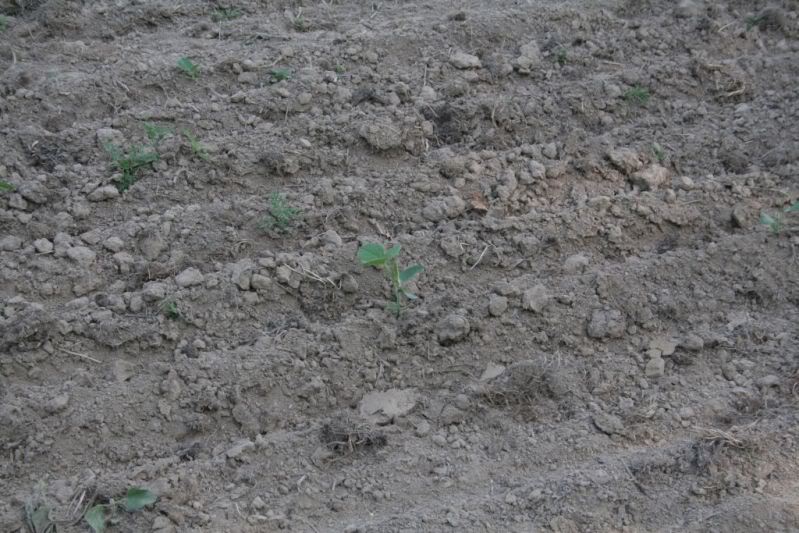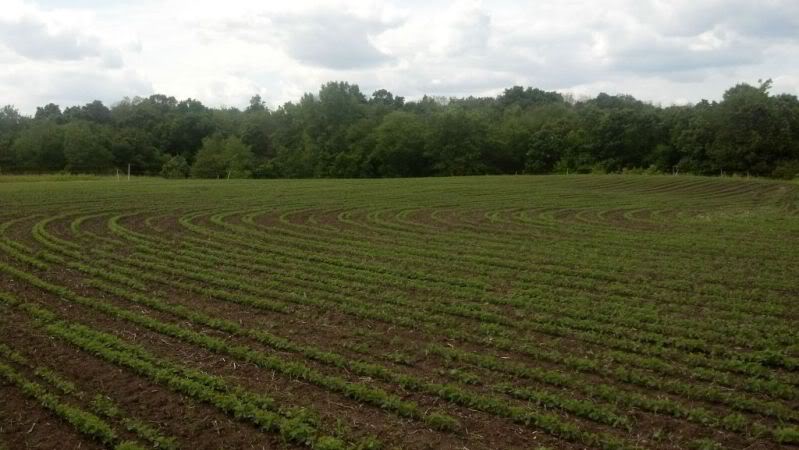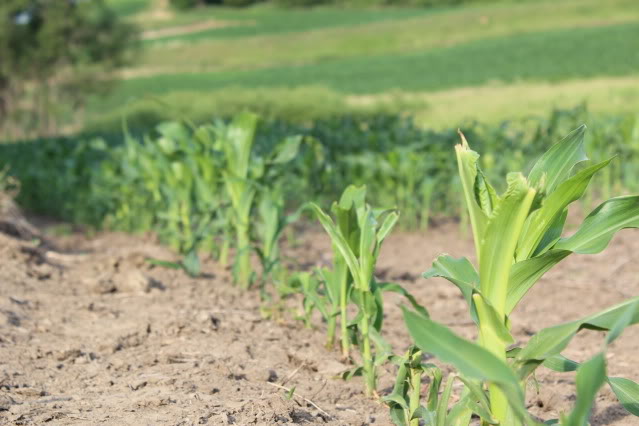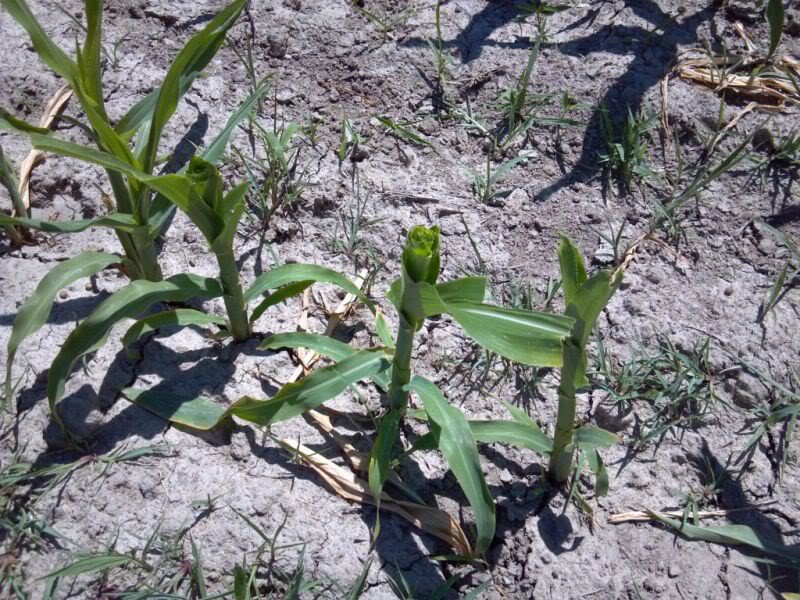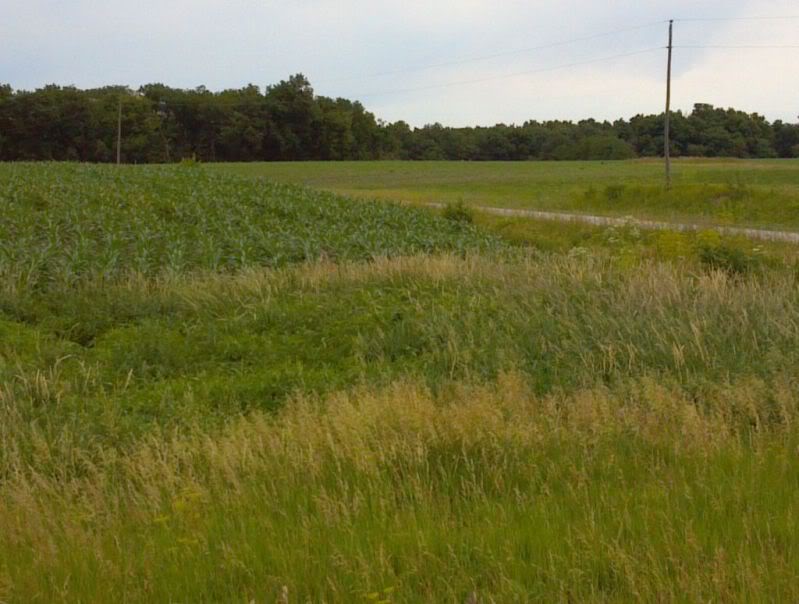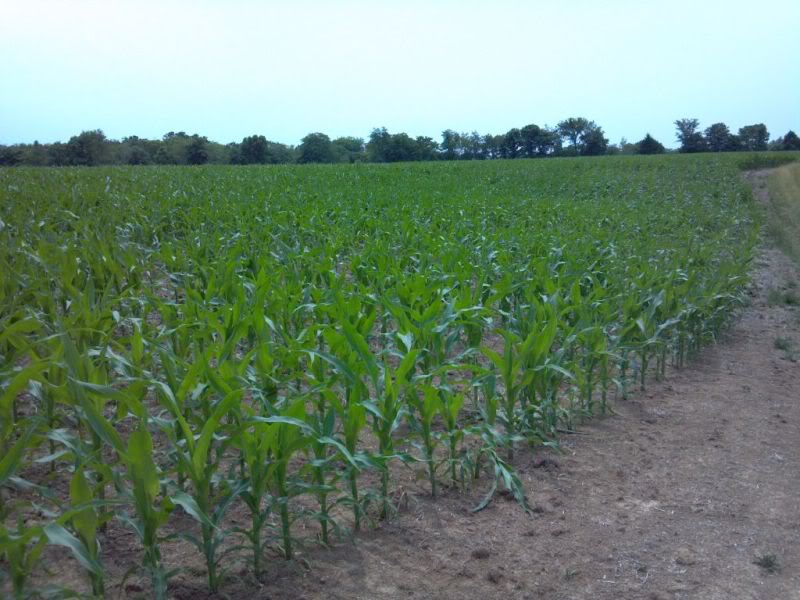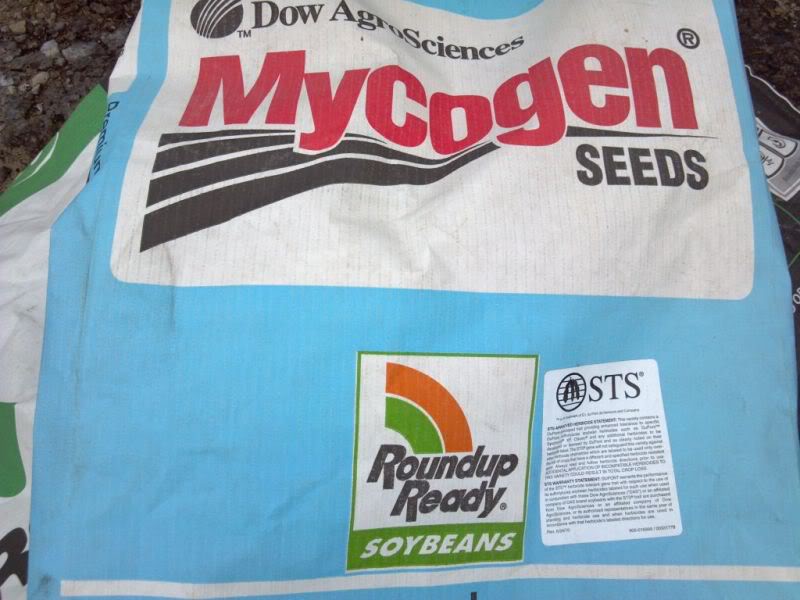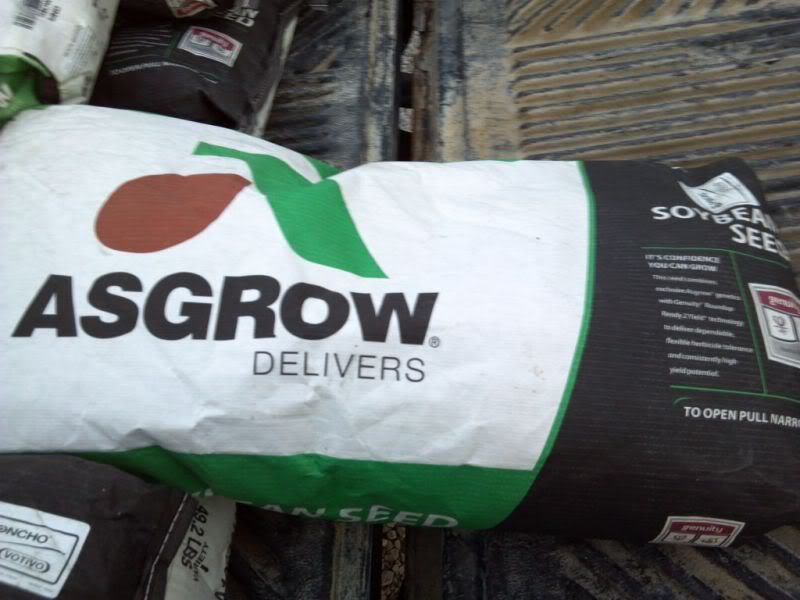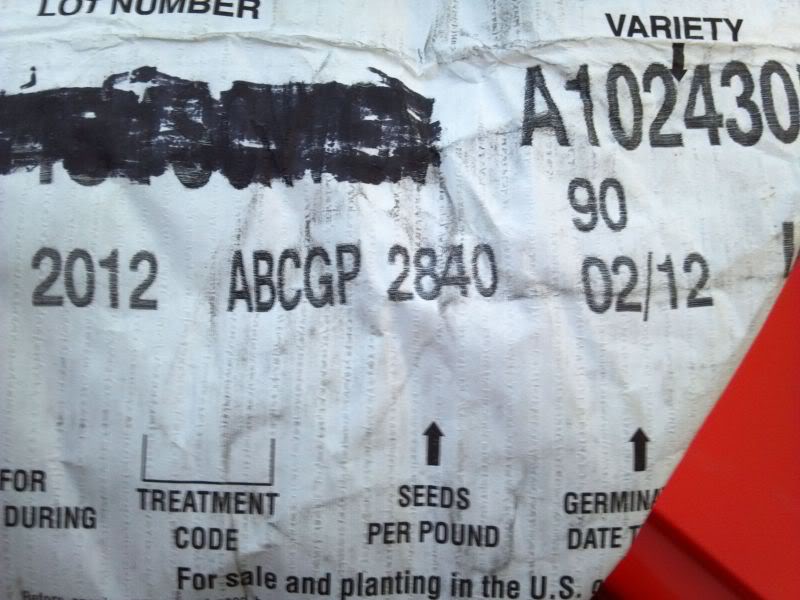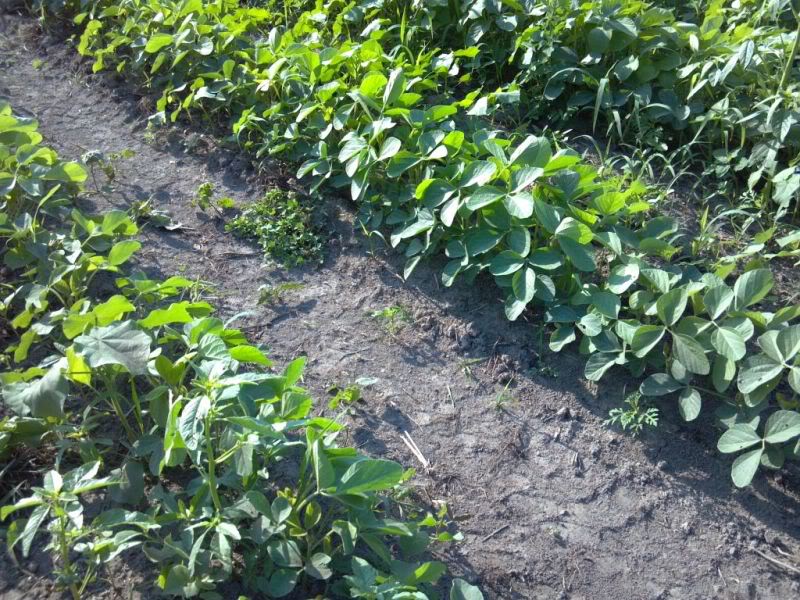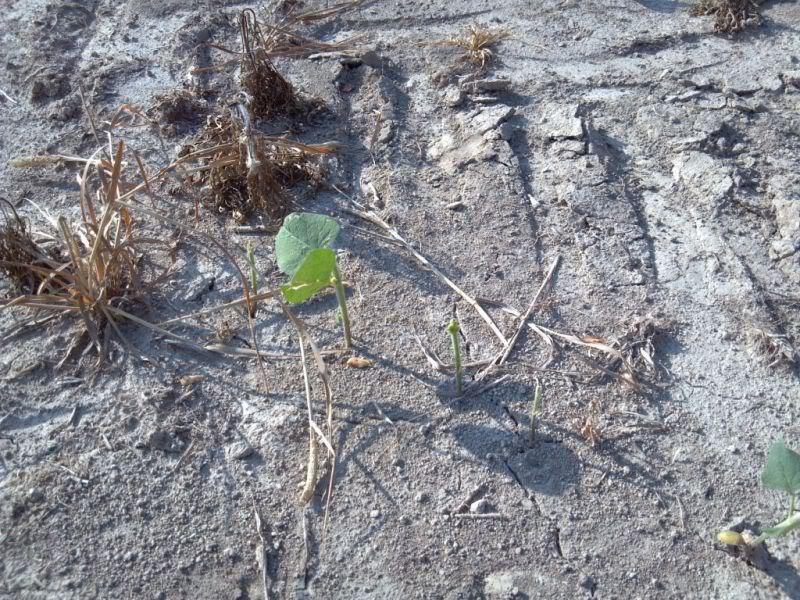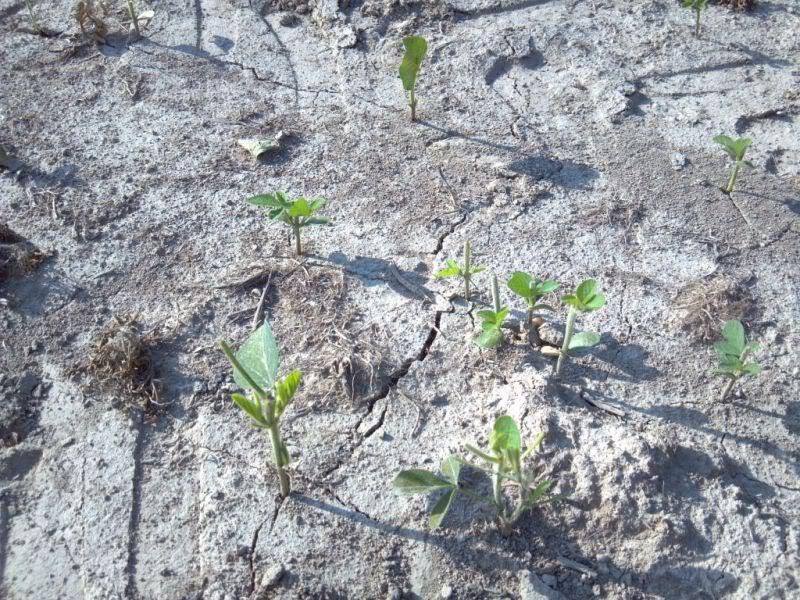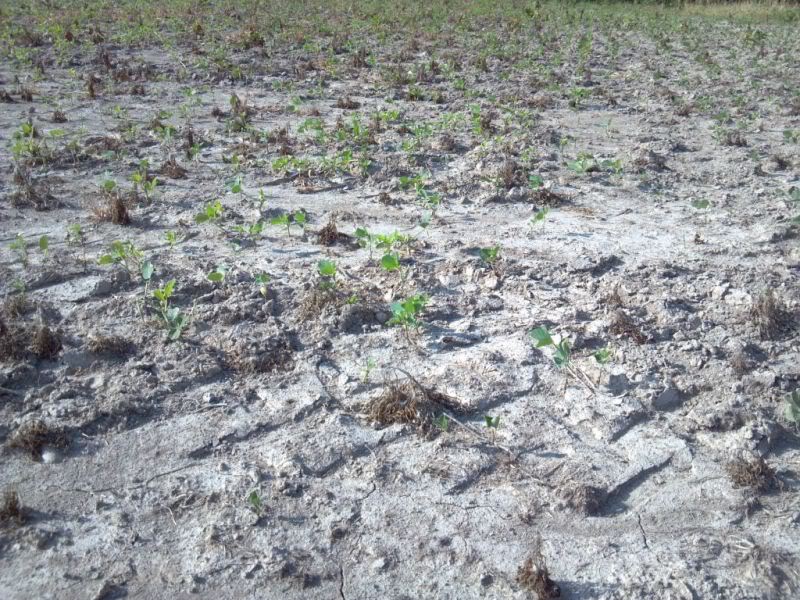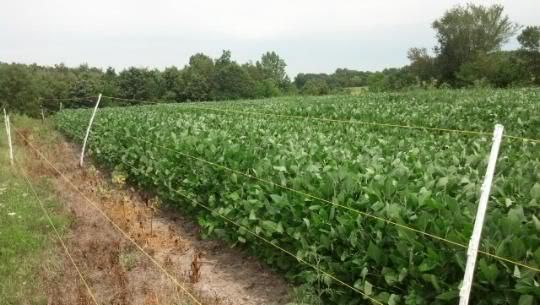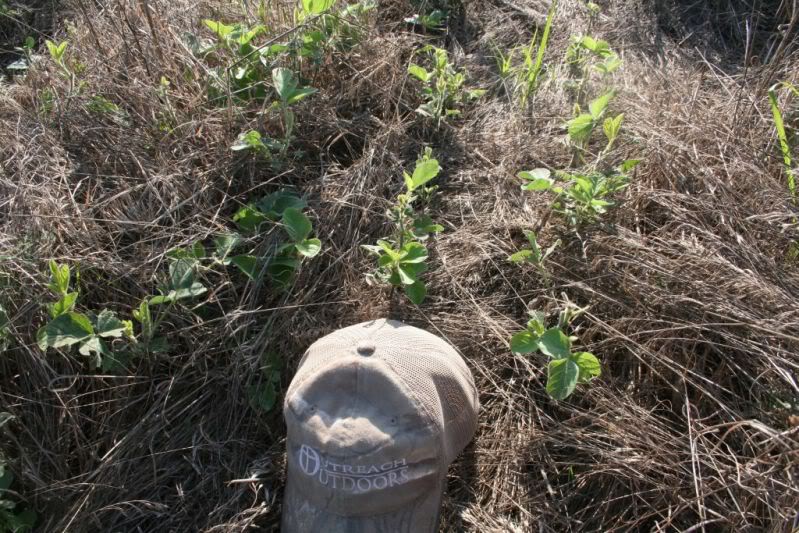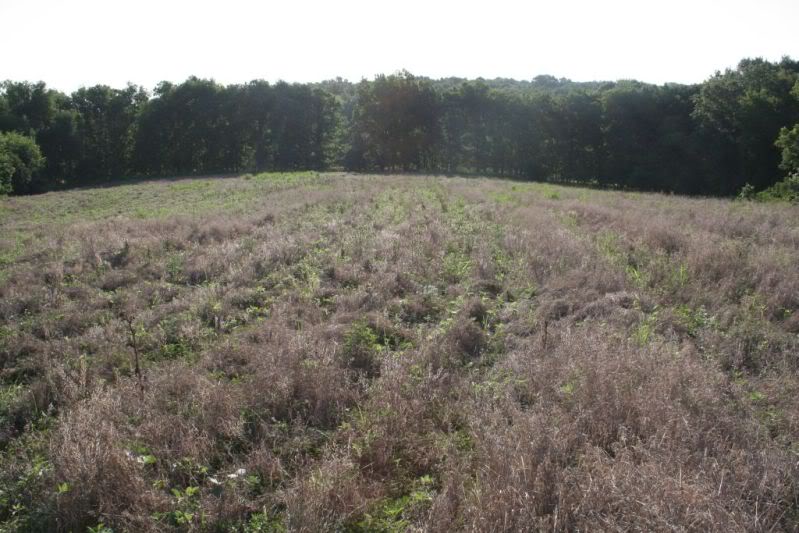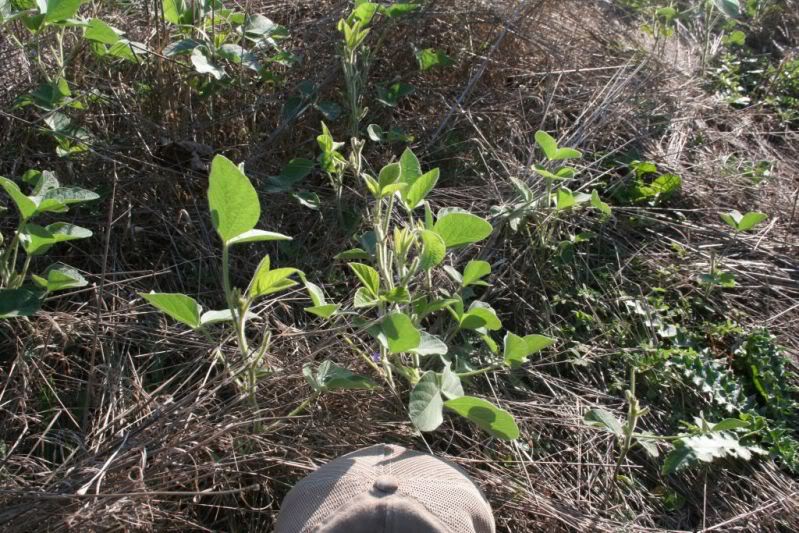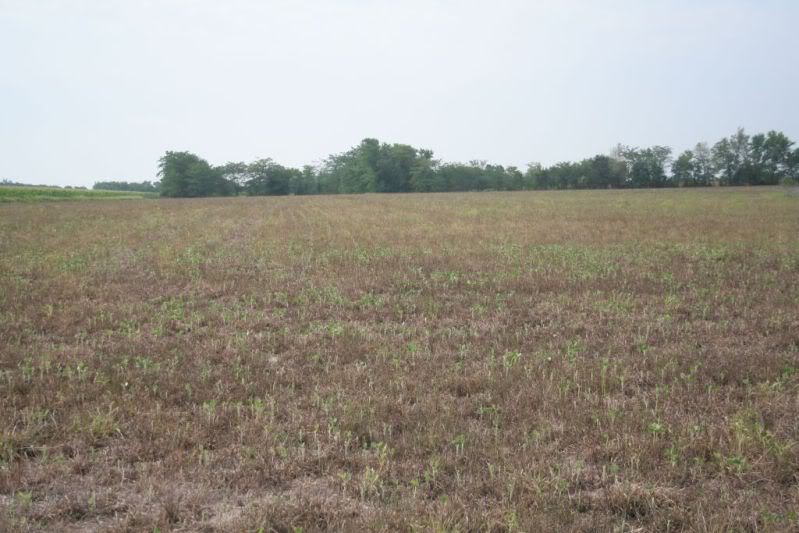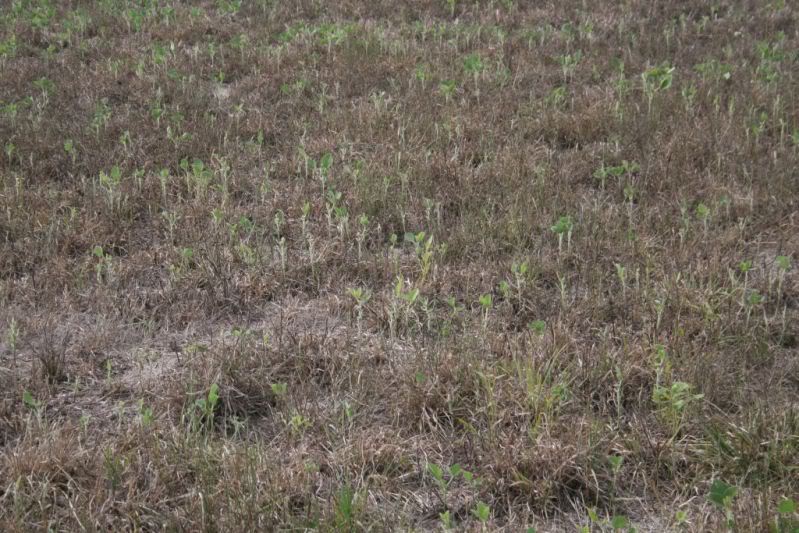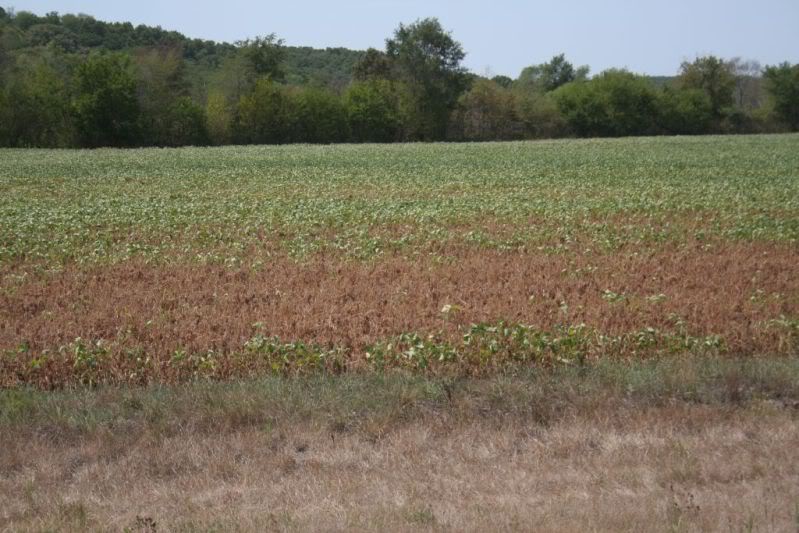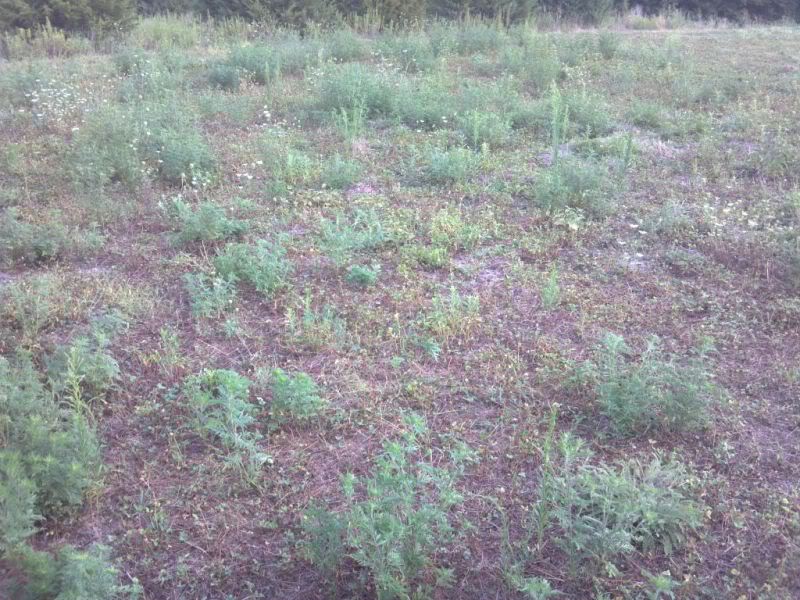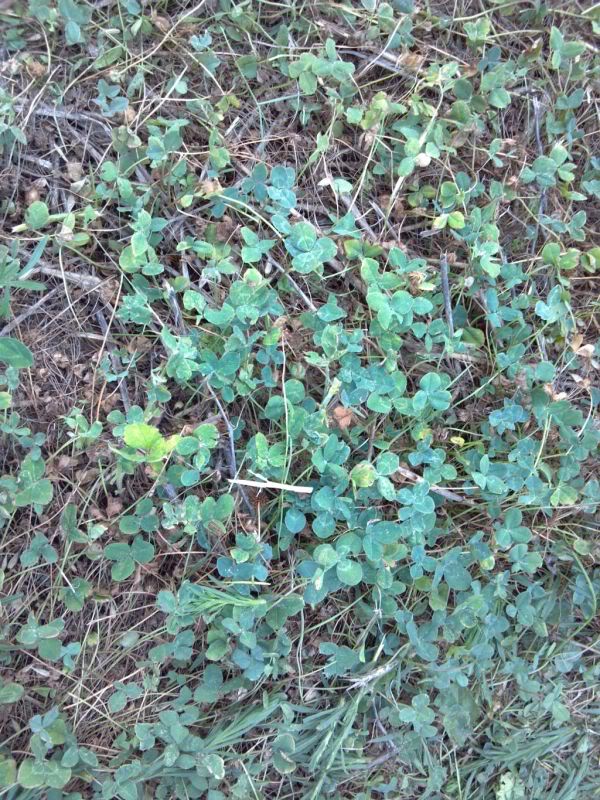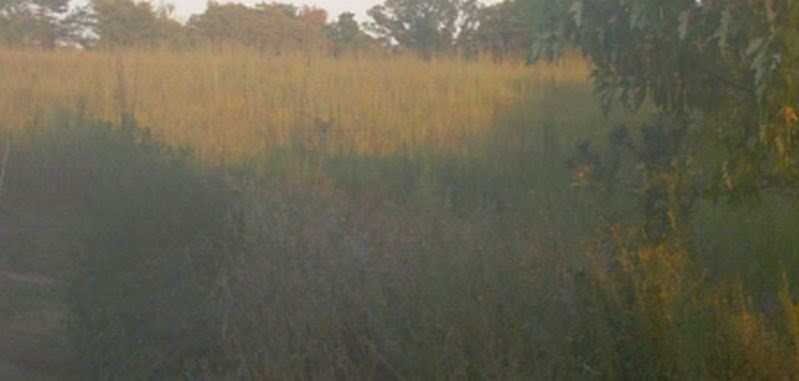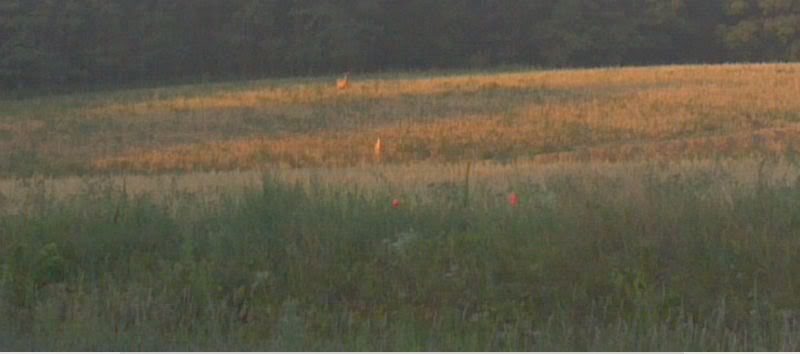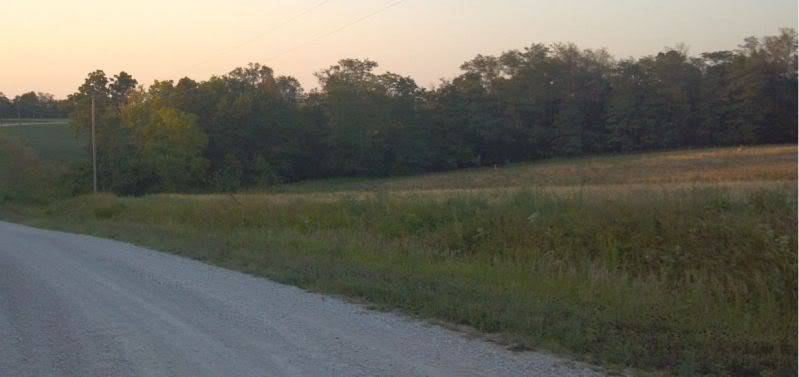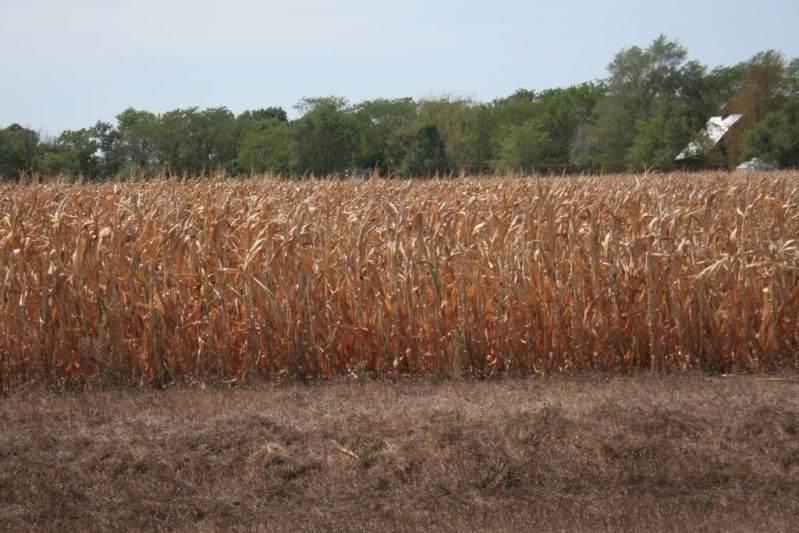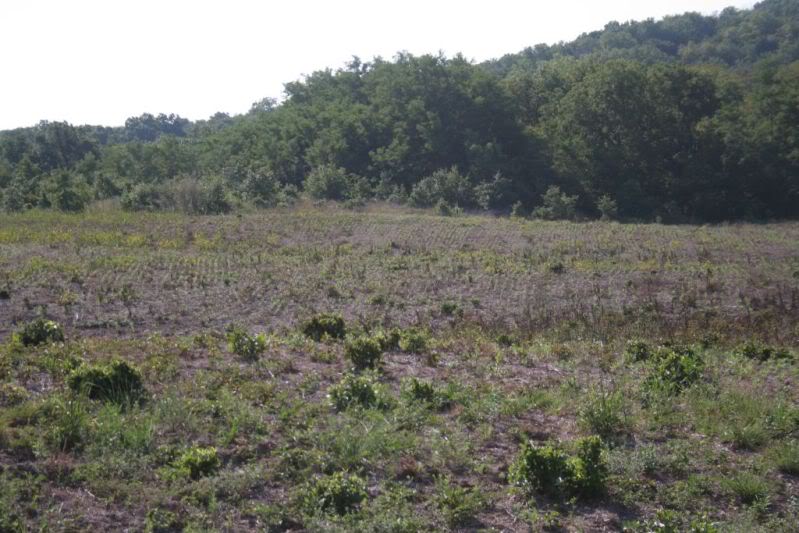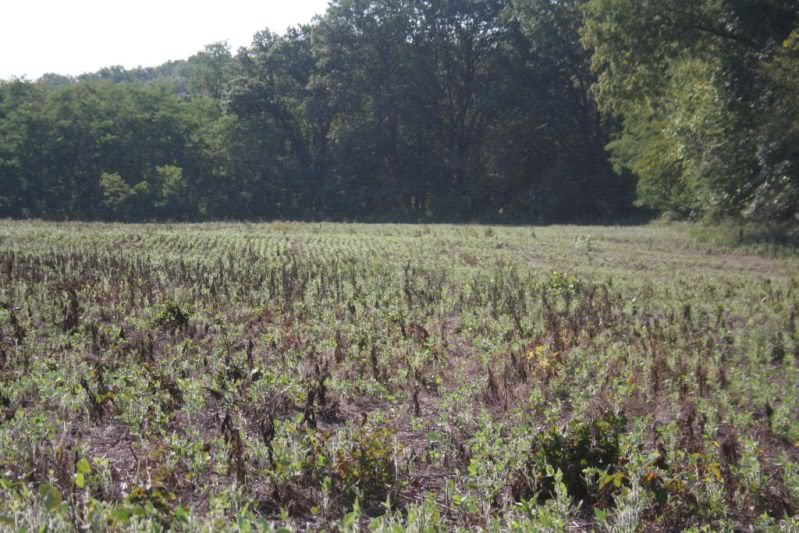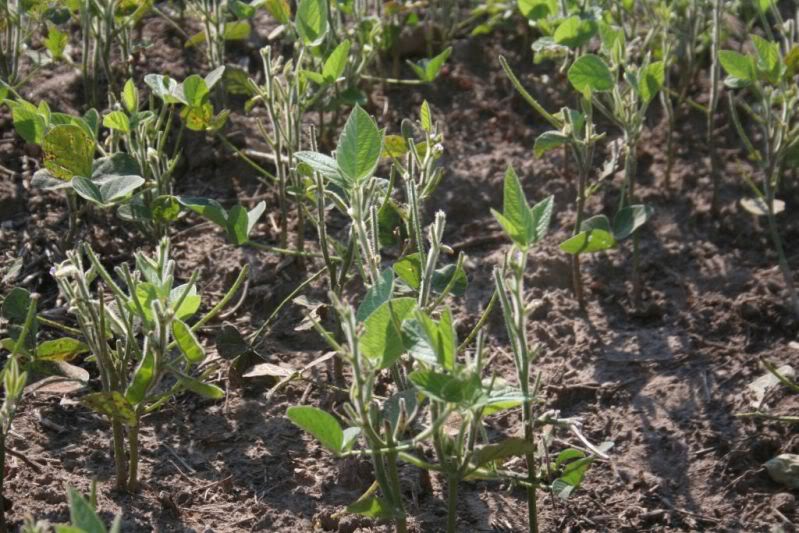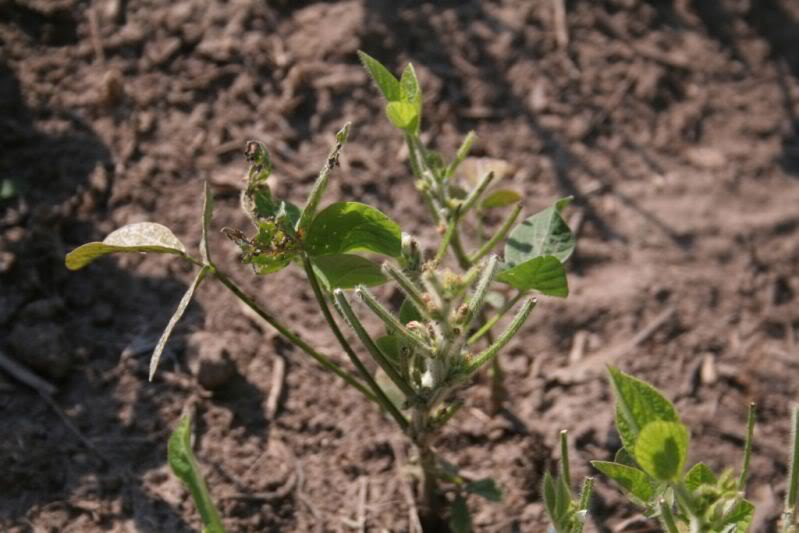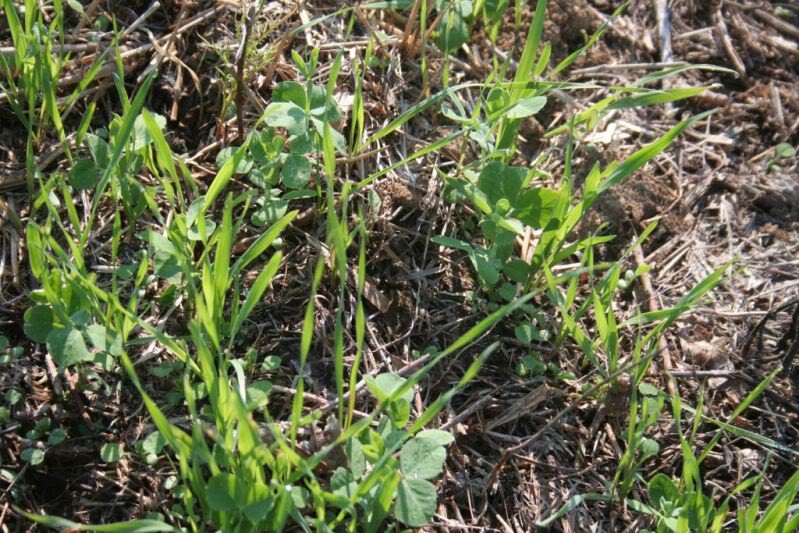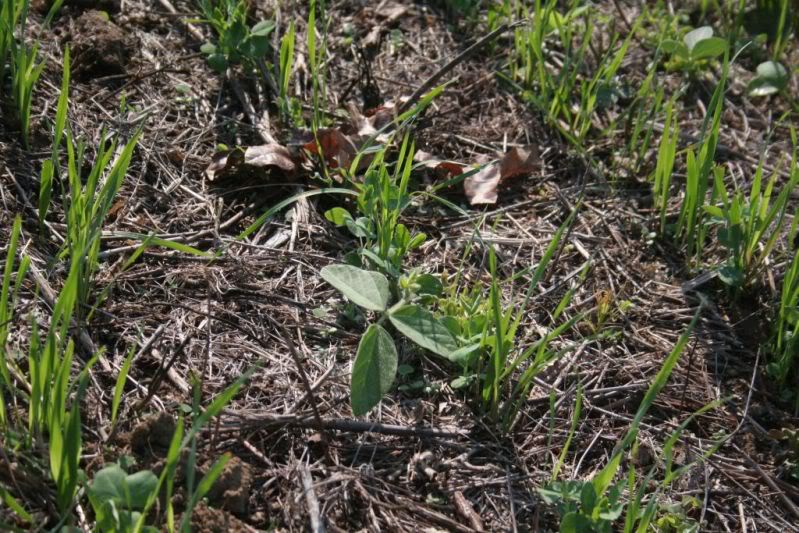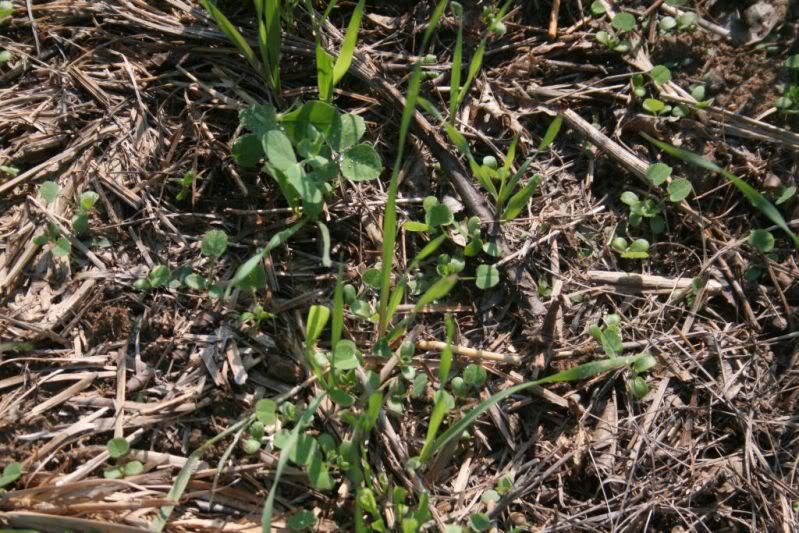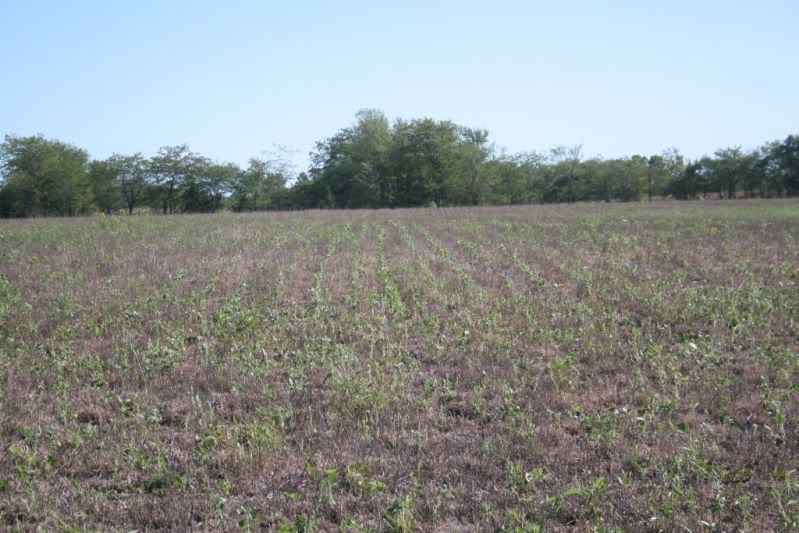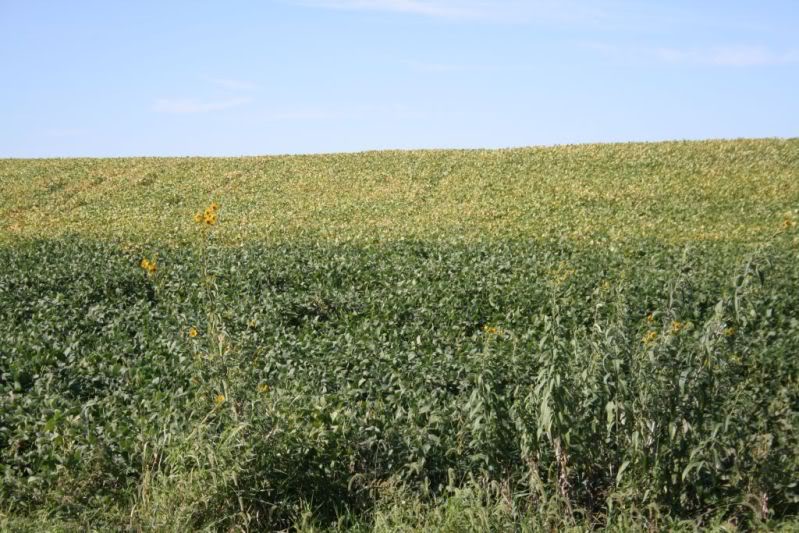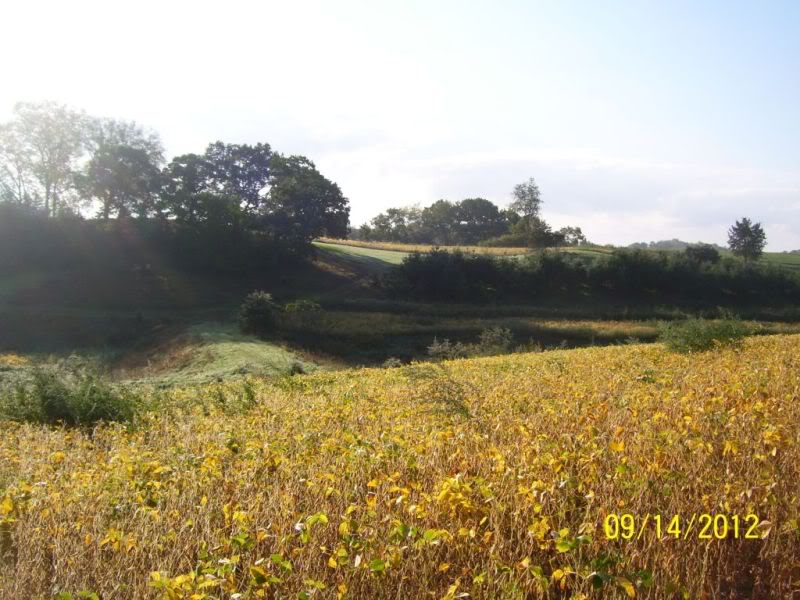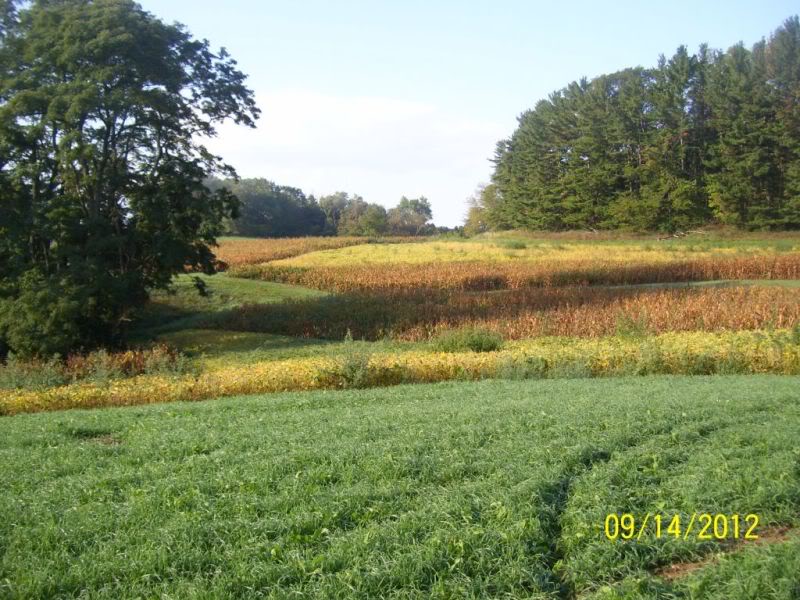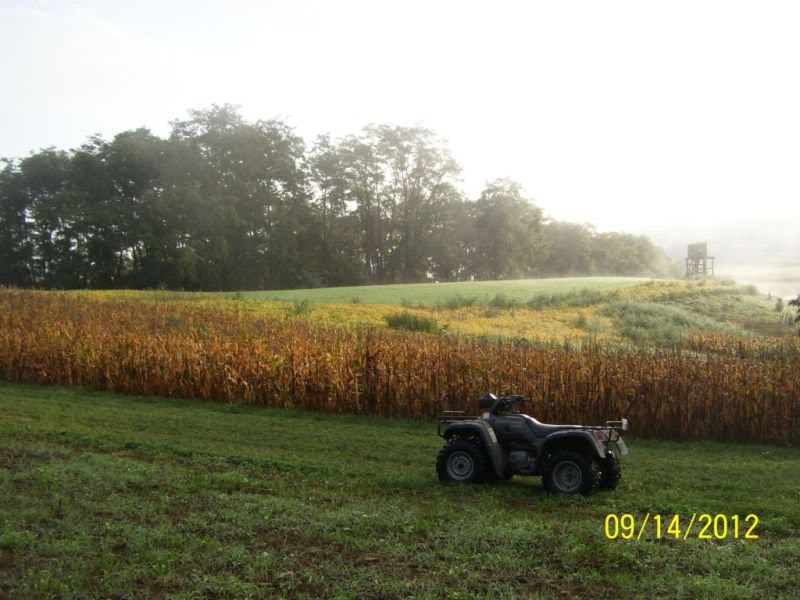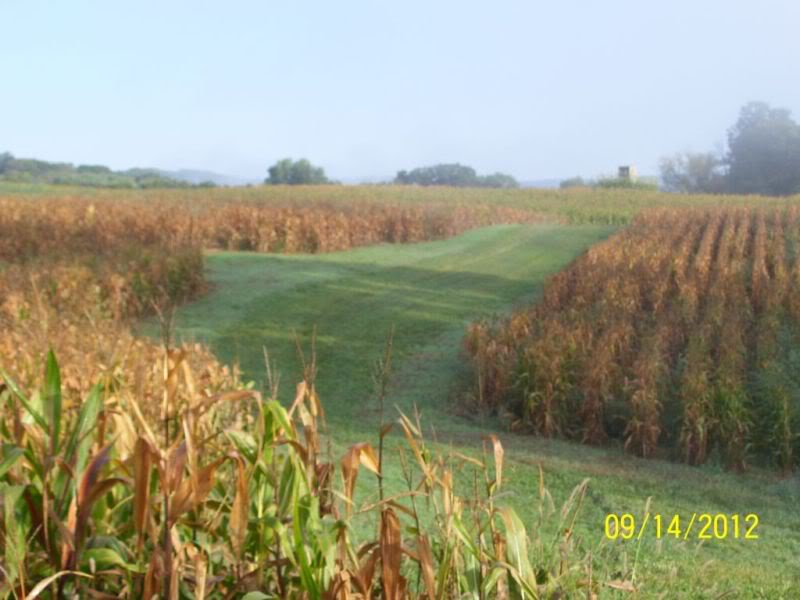dbltree
Super Moderator
Just a hint. If your looking for cheap seed beans, check your local coop right now. They sometimes have some bags left over from test plots that they can't sell, so they give away a couple bags here and there. The retailer I a currently working at has a whole pallet of plot seed still sitting around.
Good reminder...thanks! :way:
I have a question on the winter rye. Can you plant it after the bean fields have been hit with round up? And will the rye grow as the beans get taller?? Thanks
You overseed winter rye when the soybeans are starting to yellow in late August...do not do it while soybeans are growing. The rye would quickly mature and become unpalatable and then soybeans and rye would compete and yes...roundup will kill the rye.
Do NOT use forage soybeans...they will stay green and not allow you to overseed the rye, then they will turn yellow right during hunting season and deer will avoid them like the plague!
May 25th, 2012
My friend Fred sent me a few pics from his farm including his soybeans that were just coming up nicely

Fred fences his soybeans with the double electric fence and ended up with beans left over at winter's end. I told Fred that while I could be wrong...I predict that in 3-5 years he will not be able to grow beans...fence or no, why?
Fred's farm is new and last year was the first for planting food sources and Fred is doing everything right! I have been helping Fred with TSI, Edge Feathering, and radical hinging to improve his timber and mast production and create outstanding bedding and browse at the same time. He has been inter planting both oak, chestnut and browse species in the hinged areas and protecting them with Miracle tubes.
Fred also set about immediately to convert his brome CRP ground to switchgrass by frost seeding the killed sod in the winter time and now was an awesome stand of thick cover in the form of Cave In Rock switchgrass...all of which surrounds his hidden food sources.

Fred is also wise enough not to reply on one food source and by planting multiple crops in his feeding area he is feeding his deer year around. Clover, brassicas and soybeans are working for him right now and he tilled under his brassicas this spring for oats and annual clovers which are feeding deer and building soils at the same time.

This spring Fred also added fruit trees to his feeding area and all of that is going to help adapt deer to coming to this centralized, well hidden, safe and secure...feeding area and in time they will challenge the fence and wipe out his beans, which is all good of course, but something for every landowner who creates better habitat to be aware of. If you do things right, most likely soybeans and corn will eventually not be a viable option.
After a week of relentless of rain in early May, it has turned off terribly dry with many beans not planted yet. Where possible drill the beans to a depth of 1 1/2 to 2" max deep to get them in the moisture zone (normally an inch would be best)

Soybeans are more heat tolerant then corn but...as many landowners found out last winter, the deer may not hit them hard in mild winters preferring the cereal grains and clovers so be certain to do like Fred and plant multiple food sources within your feeding area...





